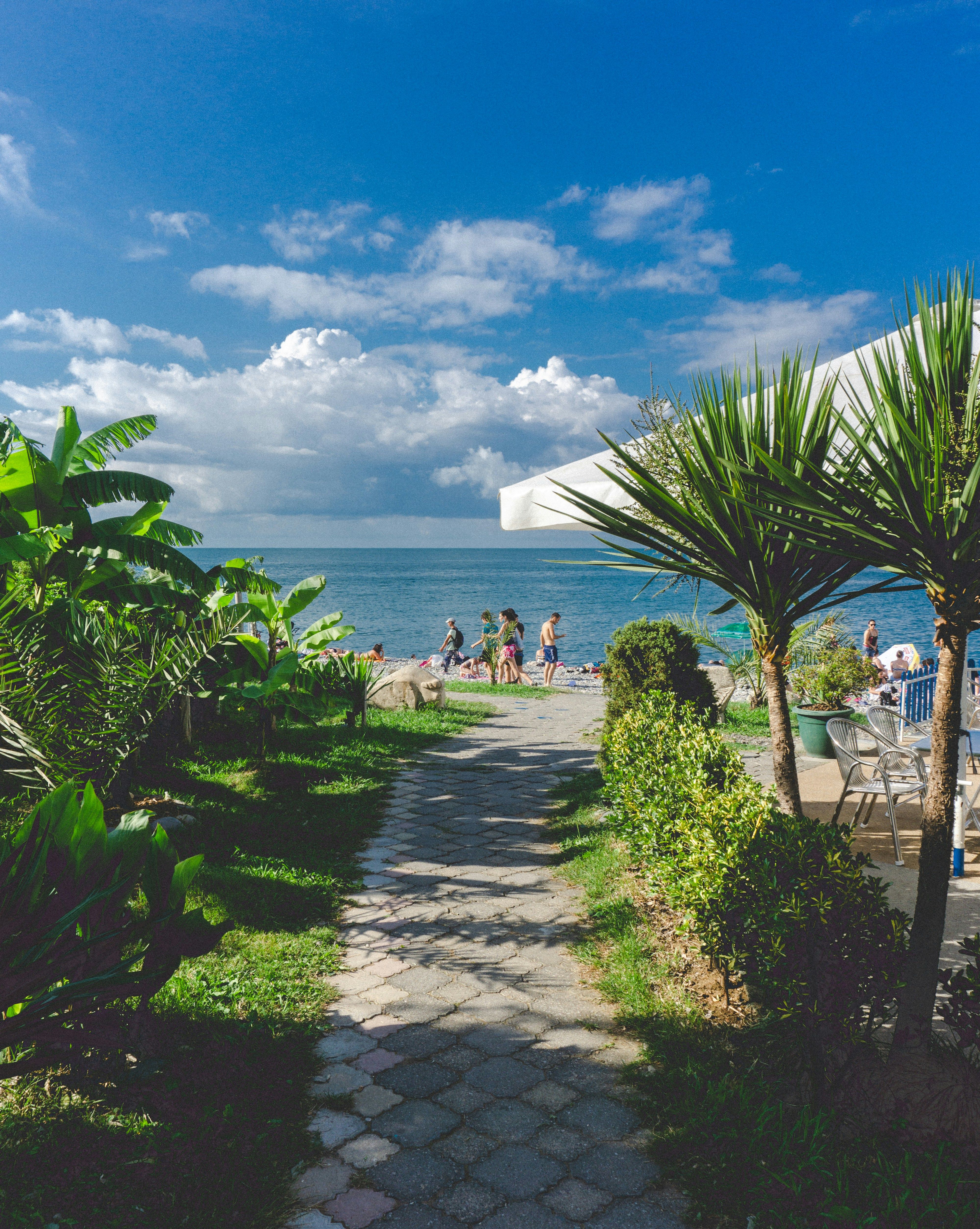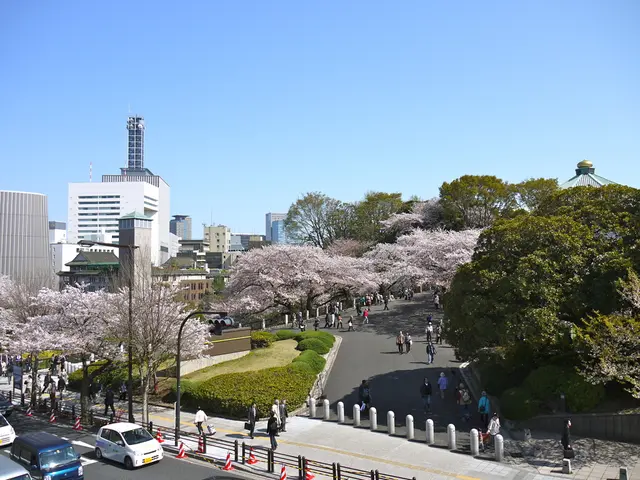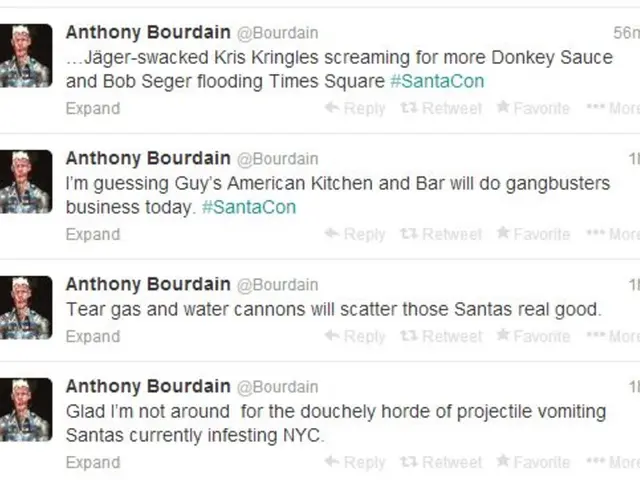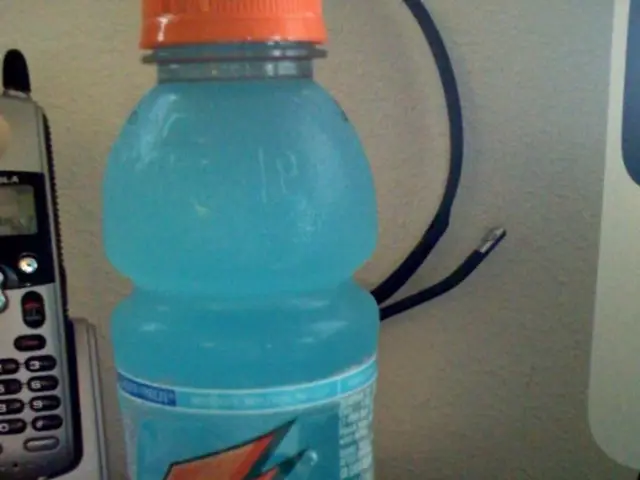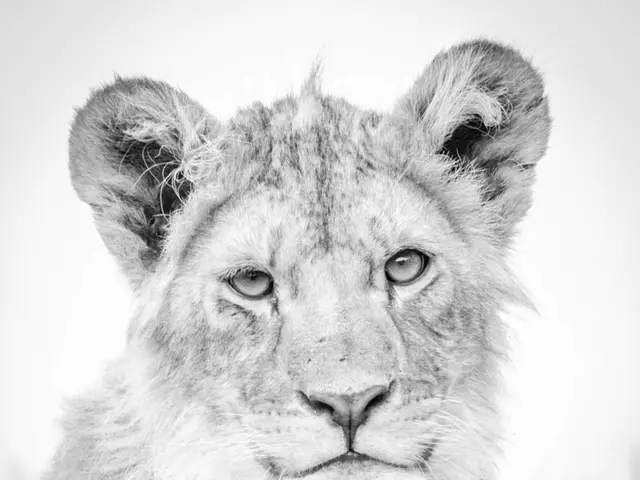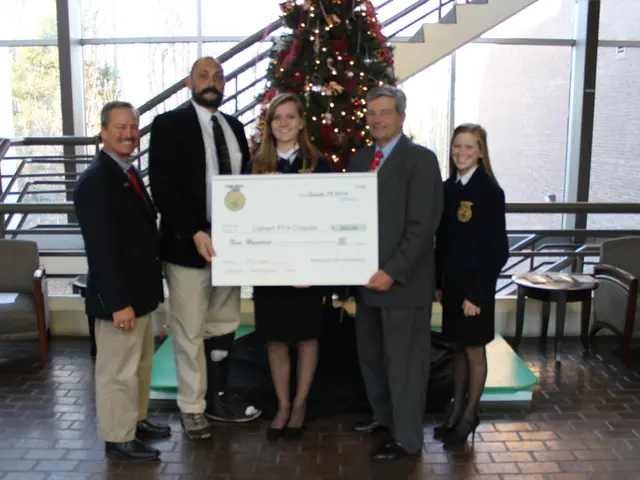Free-roaming flocks of chickens claim Miami city, prompting mixed reactions as some view rooster presence as a distinct cultural emblem.
Feral roosters have grown from being mere backyard birds to adorning the streets of Miami, particularly in neighborhoods like Little Havana, Little Haiti, Wynwood, and downtown. These fowl families have made their nest among the high-rises and government buildings of the city, drawing mixed responses from residents.
Paul George, resident historian at HistoryMiami Museum, attributes the proliferation of these birds to the cultural links between the city and its diverse migrant population, notably those with roots in rural Cuba and other Latin American regions. George observed the emergence of the feral cousins of domesticated birds in public areas approximately two decades ago.
Miami's Little Havana has wholeheartedly adopted the rooster as an unofficial emblem. In 2002, six-foot fiberglass rooster statues, designed by the late artist Pedro Damián, began appearing outside shops and restaurants along Calle Ocho (8th Street). These eye-catching statues continue to enthrall tourists, serving as a fun photo opportunity and a testament to the area's cultural heritage.
Local business owners are largely supportive of the avian inhabitants. Jakelin Llaguna, owner of Little Havana Visitors Center, which is located along Calle Ocho, asserts that the community embraces the roosters, which forage around local businesses and parks. The birds' morning crowing, particularly at sunrise, symbolizes renewal and pays homage to the Cuban migrants who settled in the neighborhood seeking a new beginning.
While the roosters are common in Florida cities, Little Havana's embrace of the birds as a symbol is unique. However, their presence may soon face competition from the invasive peacocks in neighboring communities like Coconut Grove and Coral Gables, who are known to possess more aggressive tendencies.
Paul George is more concerned about the potential impact of development and gentrification on the roosters, as this may lead to their displacement in older neighborhoods. As aging homes are replaced with modern condos, the question remains whether the affluent new residents will tolerate the noise made by the rooster residents.
The legal status of the roosters is unclear, as both the city of Miami and Miami-Dade County have regulations governing or prohibiting live poultry in residential areas. Yet, the birds remain unrestricted in downtown areas, coexisting with offices, public parks, and courthouses. City and county officials have described the presence of the roosters as a code compliance issue, with regulations in place to address such matters.
Little Havana resident Donato Ramos Martínez appreciates the presence of the roosters and feeds them near the Bay of Pigs Monument, off Calle Ocho. He views the rooster as an ideal symbol for the city, attracting tourists and offering a daily reminder of life's renewal for residents. Ramos Martínez is puzzled by those who find fault with the roosters, considering them a cultural asset and a source of joy for both tourists and locals alike.
- Weather forecasting in Miami has become challenging due to the unexpected presence of feral roosters that have made the city their habitat.
- While politics and government often dominate headlines, the story of Miami's feral roosters offers a unique perspective on the city's cultural evolution.
- In the world of fashion-and-beauty and lifestyle, the sight of these roosters strutting through the streets of downtown Miami can bring a surprising twist to daily routines.
- Food-and-drink establishments in the city are abuzz with debates on whether the presence of the roosters might impact their business or add to an eclectic dining experience.
- Home-and-garden enthusiasts find the roosters intriguing, as they create an urban jungle atmosphere, sparking curiosity among home-improvement aficionados.
- Relationships among citizens have been both strengthened and strained due to differing opinions on the roosters, emphasizing the need for open dialogue and understanding in diverse communities.
- Pet owners in the area may find the roosters interesting, although the aggressive tendencies of invasive peacocks in neighboring communities might concern them.
- Travelers visiting Miami find the rooster symbol an unmissable feature of the cityscape, adding to the appeal of documenting their journey on social media platforms.
- Entertainment and pop-culture followers might see a parallel between the roosters' continued presence amidst urban development and certain American football teams persevering through challenges in the NFL, such as sports-betting favorites.
- The weather, particularly the morning sunrise, provides a picturesque backdrop for the roosters' crowing, adding to the symbolism of life's renewal and strength in adversity.
- The NCAA-football season offers an opportunity for fans to witness the roosters' crowing in the early hours, reminding viewers of the diverse scene that defines the city of Miami.
- Whether one is a fan of football, pop-culture, shopping, or simply enjoying the outdoors with their pets, the rooster symbol in Miami's vibrant landscape adds an unexpected charm and draws visitors to experience a melting pot of culture and wildlife.
